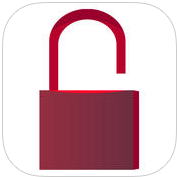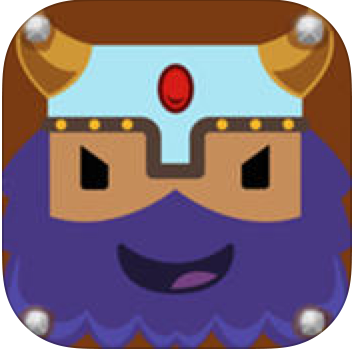 Im Rahmen unserer Vorlesung „Mobile Applications 2015“ ist ein Spiel entwickelt worden um den Rythmus zu üben:
Im Rahmen unserer Vorlesung „Mobile Applications 2015“ ist ein Spiel entwickelt worden um den Rythmus zu üben:
The rhythm or clapping therapy is used for people with special needs: For children with attention deficit hyperactivity disorder it is successfully applied to help them in improving their concentration and motor planning skills. In retirement homes it is used to support the elderly people with keeping their motor and coordination skills. Moreover, in rehabilitation, e.g. after an accident, a stroke, or a heart attack, the rhythm therapy can cure movement disorders and paralysis.
In this therapy the patient tries to clap or knock various specific rhythms after a coach as exactly as possible. If the patient manages to clap the rhythms correctly, more complex rhythms are chosen. As this training always requires a therapist, however, it is very expensive.
This app was developed to enable patients to practice the rhythmic clapping on their own. It generates and plays various rhythms by random. After playing one rhythm, the app asks the patient to clap the rhythm and records the sound for the next seconds. When the recording has finished, the app analyses it and determines if the rhythm clapped by the patient is similar to the played one. If so, the patient gets positive feedback, the next rhythm is generated, and the procedure begins again. If the rhythms are not similar, the app repeats the same rhythm, asking the patient to try it another time. Once the patient has managed to clap a series of 9 different rhythms correctly this way, rhythms of higher complexity, i.e. of longer duration, higher tempo, and/or smaller values of the notes, are generated.
The app was designed mainly with children in mind: It looks like a game, consisting of 9 levels, where each level corresponds to a different degree of rhythm complexity. A colorful graphical user interface and the sometimes barefaced character of a monkey, acting as a personal, very musical clapping coach and giving funny feedback, motivate the children to practice. In the Pro Version which will be released in autumn 2015, besides other new features, there will be the possibility to win different parts of a drumset as achievements for good performances for additional motivation to work with the system.
It is important to underline that this app should not completely replace a therapist, since the personal interaction between the therapist and the patient is very important. The app should rather be regarded as an addition to the personal rhythm therapy, giving the children extra motivation and the possibility to practice independently between the therapy sessions. This way, the app shall contribute to a higher spread of the rhythm therapy.
[Link zur App]




